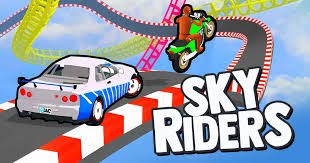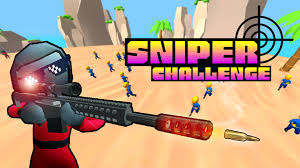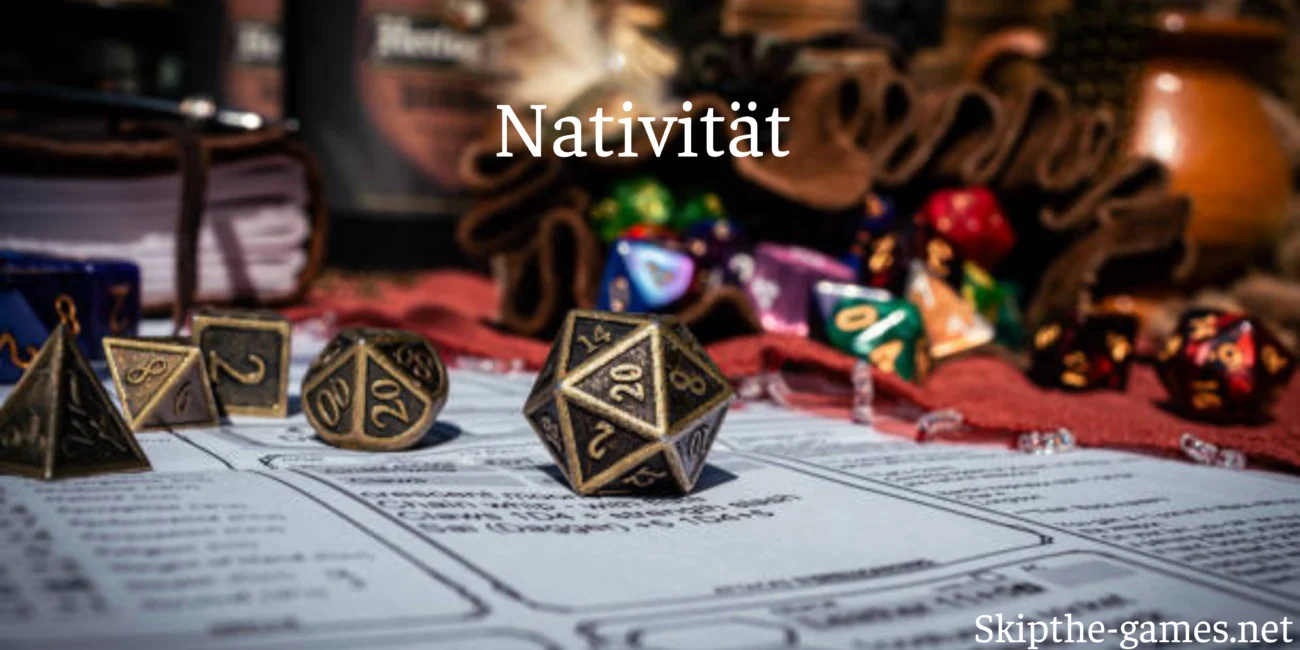The Moss Landing fire and other real-world catastrophic events have meaningfully impacted how game designers create fire mechanics, environmental disasters, or the experience of gameplay related to emergency response. From survival titles with very real fire spread mechanics to strategy games managing a disaster response, game designers reference catastrophic events like the Moss Landing fire to create engaging, educational, and emotional experiences that require players to think critically about disaster preparedness and environmental hazards.
Real-World Inspiration: From Moss Landing to Virtual Worlds
Highly impactful fires like the Moss Landing fire provide game designers with legitimate evidence for which to build simulated content and authentic disaster-related experiences. Game designers put time into observing and understanding the behavior of fire, emergency response planning, evacuation and relocation, environmental effects, and community resilience in order to have gamers experience something that feels engaging and also rewarding while playing.
This evidence informed the process for games that contained a fire nature, not as just visual effects but rather throughout the game as a complex systemic issue with palpable results, giving players an experience around the learning objectives of disaster-like behavior.
Fire Propagation Systems in Modern Gaming
Contemporary video games utilize advanced fire propagation systems that … derive from real fire events. These fire systems incorporate elements like; a variable spread rate based on wind direction and materials, fire intensity based on oxygen consumption, efficacy of water and fire retardants, structural damage and collapse mechanics and smoke systems that can impact visibility and health.
Games such as The Long Dark, Green Hell, and various other survival games are employing these more realistic fire propagation systems to create tension, and necessary decision making under duress.
| Game Title | Fire Mechanic Complexity | Moss Landing-Style Scenario | Gameplay Focus |
|---|---|---|---|
| The Long Dark | High – survival critical | Forest fires, building fires | Resource management, survival |
| Cities: Skylines | Medium – city management | Industrial district fires | Emergency response, planning |
| Rust | Medium – base defense | Raid fires, environmental | PvP conflict, base building |
| Green Hell | High – environmental hazard | Jungle fires, camp fires | Survival, crafting |
| Teardown | High – destructible everything | Complete destruction simulation | Physics-based chaos |
Disaster Management Games: Learning Through Play
More strategy and management games are incorporating disaster situations based on examples like the Moss Landing Fire. In these games players must handle emergency response services, process evacuations, make decisions based on limited resource allocation, prioritize immediate response with future planning, and respond to cascading failure as systems become overwhelmed.
These games can provide educational value in teaching principles of crisis management, resource allocation, tracking communications specific to emergencies, and resiliency in community factors between play and lived experience.
Survival Games: Fire as Ultimate Challenge
In the survival gaming genre, fire is often portrayed as one of nature’s worst elements. These games leverage real life catastrophes for scenarios dealing with fire and require immediate player action: do you combat the fire? Evacuate the area? Protect specific resources? Or help other survivors? The scope and intensity of the fire in Moss Landing can be modeled by large-map survival games that have environmental disasters change entire sections of the playable maps for their players, forcing them to adapt their strategies and rebuild.
Environmental Storytelling Through Fire
Many narrative games use the prior destruction of a fire disaster to tell their story. The emotional impact connected to environmental destruction can be powerful. A majority of post-apocalyptic games depict fire forest landscapes with reports of previous fire disasters. Adventure games often build community backstories around the fire disaster, and horror games use fire to provoke tension and danger. Practicing these narrative connections can help the player feel an emotional connection to the impact of catastrophe, increasing awareness of real-life empathy, and awareness of how to prepare for a disaster.
Multiplayer Cooperation: Fighting Fires Together
Cooperative multiplayer games are increasingly representing disaster-based scenarios that require teamwork. Players work together to fight the fire, to free survivors, to ration limited resources, and to keep communicating under pressure. Games like “Ready or Not” and other emergency service simulators are scenarios influenced directly by the Moss Landing fire that depend on the players’ coordination to determine whether they succeed or utterly fail.
The Educational Gaming Angle
Some games aim to explicitly teach about fire safety and disaster management. This may be anything from firefighter training simulators that are directly used by fire departments, to educational games that are teaching children to practice fire safety, to serious games for emergency management managers that are practicing crisis response professionals at a distance. The Moss Landing fire scenario, and beyond, allow players to recreate case study events, experience the cognitive exercise of making decisions during difficult times, but without consequences in real time.
Physics Simulation: The Next Generation
Next generation game technology greatly elevates potential for realism in the simulation of fire. Next generation physics engines utilize accurate modeling of heat transfer, smoke that behaves according to fluid dynamics, materials that have honest ignition points and burn rates, and environmental conditions that change dynamically to factors including humidity and wind which could all end up in truly realistic simulations of fire. Games like Teardown are evidence of these advanced simulations, with the fluid dynamics present in the light and shadow of the resulting fire simulation being so realistic in experience, that it even made the experience of a game educational – apart from the fun.
Virtual Reality: Experiencing Fire Disasters Safely
VR gaming provides perhaps the most immersive experience of fire disasters compared to any other medium. Players experience the full size, scale, and intensity of fires like in the case of the Moss Landing facility, continue to practice skills or emergency procedure activities safely, create and educate a muscle memory pertaining to those unlikely crisis, and create an emotional experience of documenting writing about victims, intervention action, and outcomes of the disaster.
VR fire training simulators are definitely increasing in popularity on the professional firefighter side of the industry and the gray areas between gaming and professional training are many.
Community Response in Gaming
Games are increasingly showing how communities respond to disasters, like in the example of the Moss Landing fire. Players are shown what is happening with NPCs evacuating, organizing efforts to support residents, rebuilding damaged parts of their community, and taking care of each owner through the process of the incident which builds an emotional connection to that world and NPCs, as well as teaches the player about resiliency and community. As a sidebar, check out the article where the Moss Landing Fire is discussed further.
Frequently Asked Questions
Q: Are the fire mechanics in the games really that accurate?
A: Many mature titles use developed game engines with advanced physics engines designed to recreate fire behavior with reasonable accuracy, while simplifying for the players gameplay; still, professional training simulators provide nearly accurate representation.
Q: Does playing an emergency/disaster game improve one’s preparedness for situations in real life ?
A: Yes, to an extent. They typically familiarize a player with resource allocation, pressure based decision-making, and will ultimately provide a base understanding of an emergency.
After experiencing these games, people will still need support, and will be trained for, genuine emergency preparedness.
Q. What is the most realistic mechanism for fire, which games?
A. For truly realistic mechanics, professional firefighter training simulators will have most accurately realistic mechanics, however, consumer games like “Teardown,” “The Long Dark,” and things like VR fire training applications will use reality-based firefighter methods.
Q. Do developers in games consult with firefighters?
A. Many may, especially when developing serious games and simulations. Developers may discuss with first responders, read reports on past disaster, and some occasionally consult with an expert to achieve a degree of authenticity in their simulations.
Q. Are disaster games appropriate for all ages?
A. It varies by game. Some games are educational in fashion, and thus may be appropriate for all age levels. Other games may have a more impactful scenario (and/or graphical content).
Most games provide a content rating, and often also provide or link to written descriptions of the content. To the question of whether gaming can help people process trauma from real world disasters, it is complicated, and it’s up to the individual. For some, gaming may create a safe space to work through those experiences, while for others it may re-traumatize. Generally, if someone is processing trauma, the individual will need professional mental health supports.
Disclaimer
This article expands on the ways in which everyday disasters inform game experiences, and really isn’t aimed at diminishing for the seriousness of a real disaster and the impacts on our communities. The Moss Landing fire and all such experiences create real time harm, loss, trauma, etc. Gaming experiences can educate entertain or train people on what is to be in a community disaster, but aren’t really meant to recreate a real disaster in whole.
If you are impacted by fires or disasters, there are resources to assist you through local emergency services and disaster response providers. Games are truly not a replacement for actual emergency preparedness training or fire safety education. While determining the experience of a disaster, virtual experiences provide value, however are quite a bit different than what it is like to truly experience an emergency. This content is for informational and analytical purposes only.


















